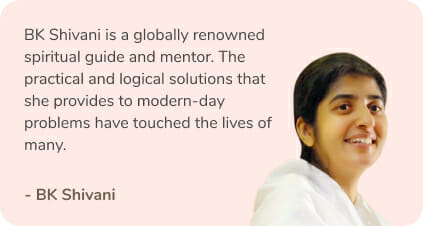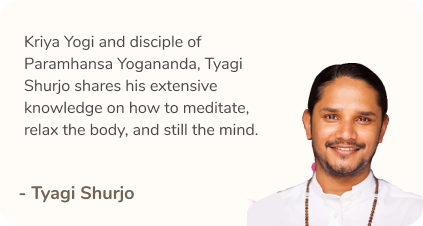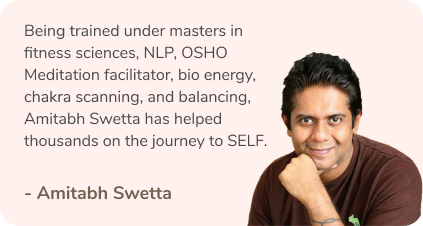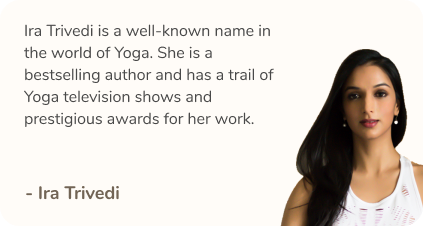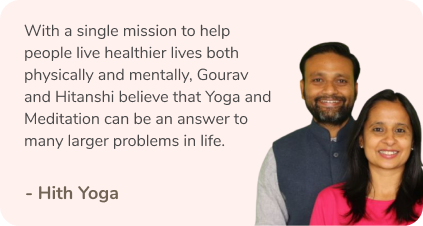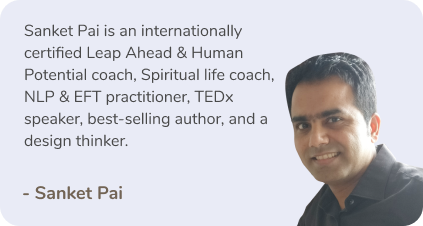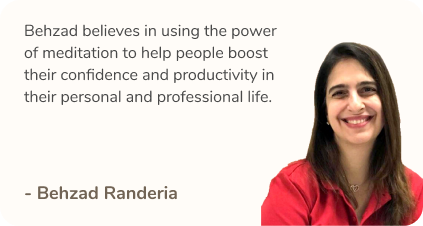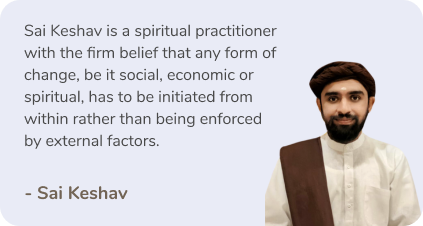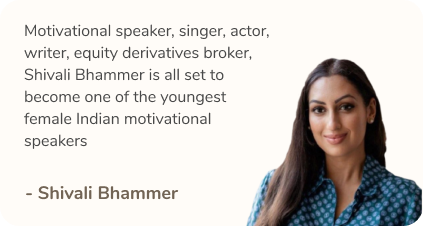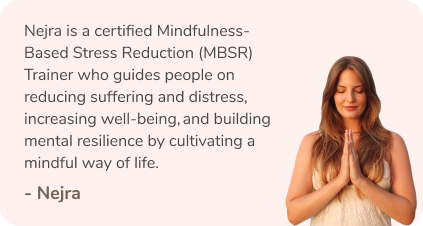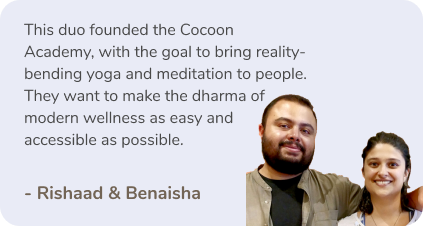
“I like to draw a contrast between the monk mindset and what is often referred to as the monkey mind. Our minds can either elevate us or pull us down.” This is the core of Jay Shetty’s life-altering book, Think Like A Monk. He is an award-winning storyteller, podcaster and a former monk who is spreading the knowledge he gained during his monkhood to make the world a better place one step at a time.
Jay Shetty is a purpose coach and the creator of the Genius Coaching where he shares relevant and practical life skills to help you succeed. He has been featured in ‘Forbes 30 under 30’ list; and has also been a guest on award-winning shows like The Ellen DeGeneres Show and A Little Late with Lilly Singh. In this book, he has penned down all his experiences and musings as a monk leading a regular life like you and me. It is a book that will guide you to grow personally and spiritually.
Here are 5 lessons that we absolutely adore from this book.

Stick to your values
Values are basically principles or set codes that you live by. Something that you value so much that you make it the core aspect of your being, it usually is something like, freedom, equality, honesty, and compassion.
The set of values that you maintain are the driving force for all that you experience in life. Your value system is like a magnet and attracts people, actions and habits. The problem nowadays though, is that our values are tainted by media and all the other external influence.
Jay Shetty offers a very easy yet effective exercise to sort this out. Take a paper and divide it into three columns. In the first column, write down your values that you admire. In the second column write down the origin or the influence of that value. And in the third, write down whether you genuinely appreciate those values and if they hold true to you. This exercise will help you re-establish your core value system.
Realign your lifestyle
If there’s a disconnect between what you think you value, what you say you value and what you actually invest your time in, means your values have taken a backseat. In simple words, if your thoughts, words and deeds do not align, it’s a red flag that your values are no longer driving you.
The best way to recognise this is by self-evaluating. Start by keeping a check on your daily routine for a week or so. Notice where and how you are spending your time. If you find some major disconnect between your believed value and your actions then it’s time to do some major fixing. Also, notice with whom you’re spending the major amount of your day. Whether they’re adding value to your day or not, if not then it’s time to change that as well. Similarly, the way you spend your money also reflects your values.
Another way to check this is by reflecting on your past mistakes and regrets. Doing this will reveal previous disconnections with our values. Once you know them, it will help you avoid the same inconsistencies in the present and future.

Don’t try to act the saviour
Like it or not, the desire to save someone and give advice is most of the time ego-driven. Don’t let your ego dictate your kindness and empathy. And this is very important because it’s very easy to get frustrated and lose your calm when people don’t take your advice.
Remember that it’s not your responsibility to save everyone from whatever hardships they are facing. Everyone’s perceptions and value system are unique and therefore you must hold back from trying to fix someone’s problems.
Lend a listening ear if you have the time and energy but refrain from giving advice if you lack the skill yourself. Don’t try to save one who’s drowning if you don’t know how to swim, call for help instead, or else you’ll also drown along with them.
There’s no set rule book
The world is plagued with the idea of right and wrong. It’s time to let go of this old school of thought. Holding on to this binary view will hold you back from appreciating the beautiful chaos of the paradoxical world. And isn’t the world a chaotic, elegant synchrony of paradoxes? When you fear something the flight or fight isn’t your go-to reaction anymore. Instead, you work on coexisting with that fear in order to overcome it.
It can be something as small and real as looking for something new in your old mundane routine or filling your own cup before filling other’s, being selfish to become more selfless. All this is proof of our nonbinary paradoxical coexistence.
In his book, Jay Shetty uses the example of dance, he says, “In The Karate Kid, Mr. Miyagi says, ‘Never trust a spiritual leader who cannot dance.’ When we dance, there are no rules. We must be open to whatever song comes on.” And that’s how life is to be led, being present in the moment as a beautiful chaos.

Death reflection
It isn’t as gory or unpleasant as it sounds. Infact, it is the best process to get yourself back on track. Imagining and reflecting on your own death gives a broader and a clearer perspective which makes taking life-altering decisions much simpler.
During these “death meditations,” he recommends asking yourself these five questions.
- What do I wish I’d done?
- What experiences do I wish I’d had?
- What do I regret not giving more attention to?
- What skills do I wish I’d worked on?
- What do I wish I’d detached from?
Lastly, think of how you would like to be remembered by others on the day you die, then think of how they will remember you if you were to die today. The gap between these two images is what you need to fill to bridge the gap.
Reflecting on death gives you the sobering clarity to make even the most difficult decisions with ease.
Who is this book for?
This book is for all those who want to realign with their purpose, and want to tap into the infinite potential within. With fun, in-depth and personal examples and various activities, Jay Shetty pushes you to become the beautiful chaotic person that you are. There is no specific age group to read this book. The language is simple but is very detailed therefore it will take time for beginners to get through but stick to it, it’s worth it.
Where can you get it?
Think Like A Monk is available in all the major bookstores offline, online and on kindle.
Book Title: Think Like A Monk by Jay Shetty
Publication: HarperCollins Publishing India
Price: ₹180
What purpose do you want to realign with?
Read more: How The Space Surrounding Us Influences Our Subconscious Mind?
Like & Follow ThinkRight.me on Facebook, Instagram, and Telegram to stay connected.


